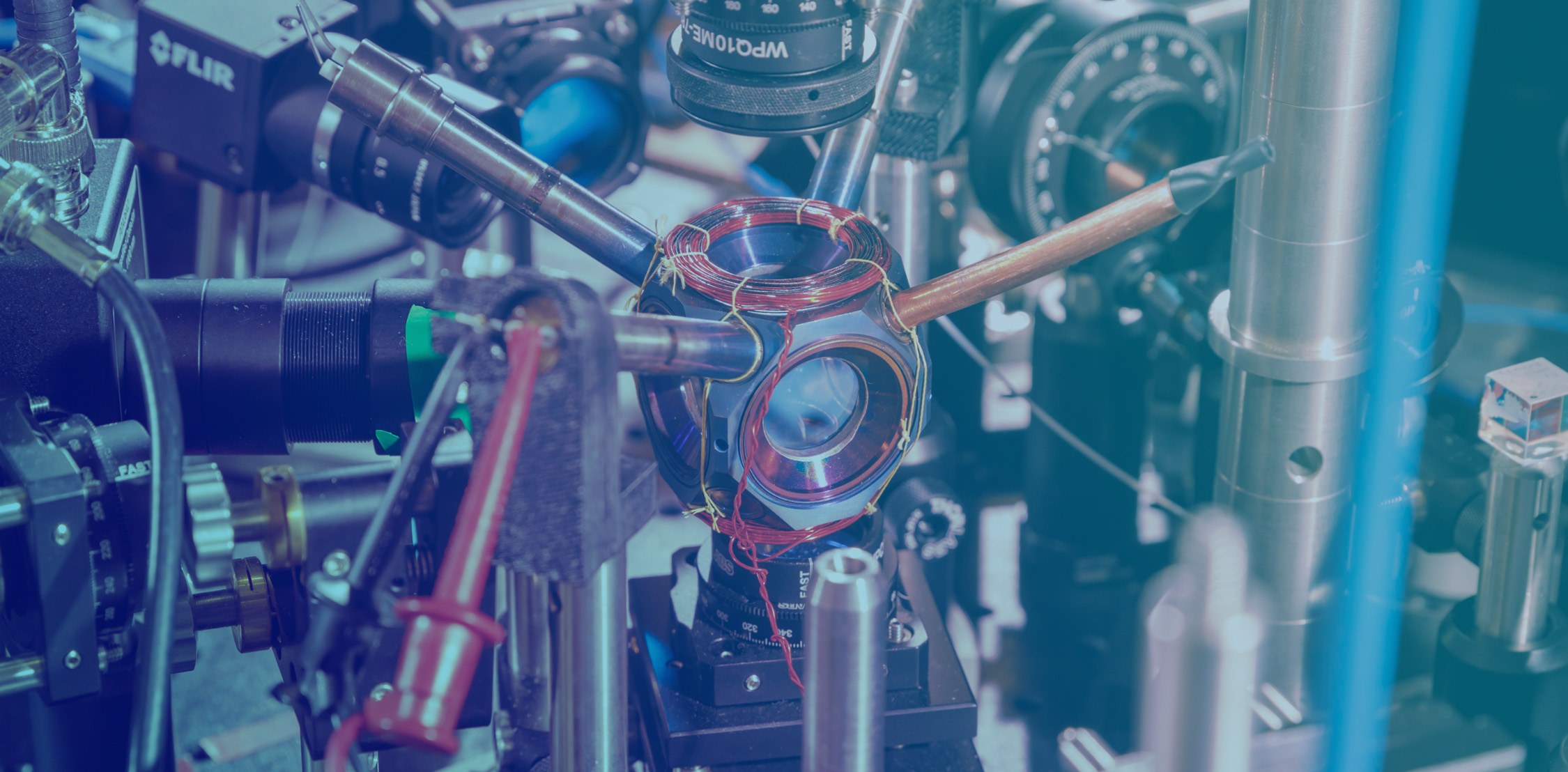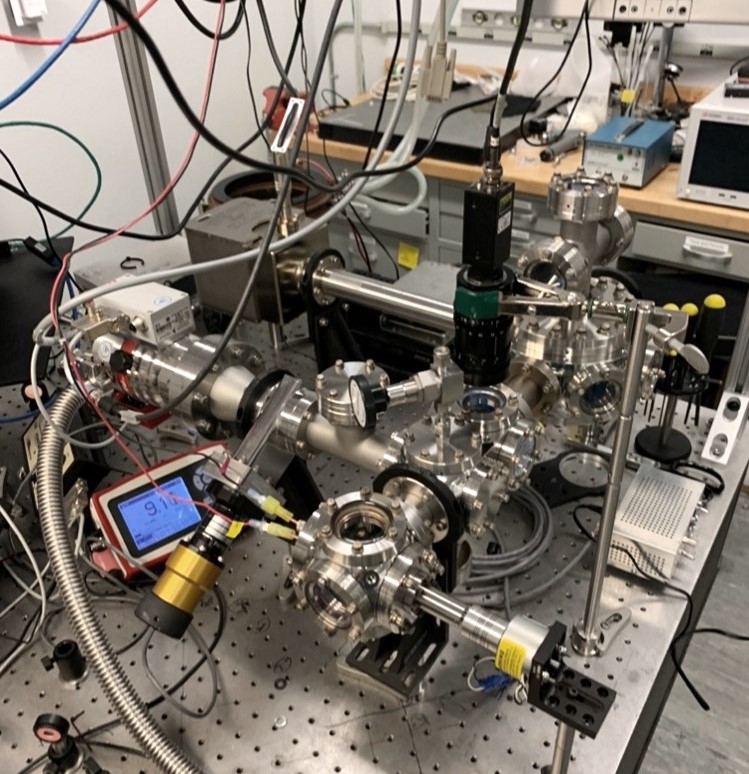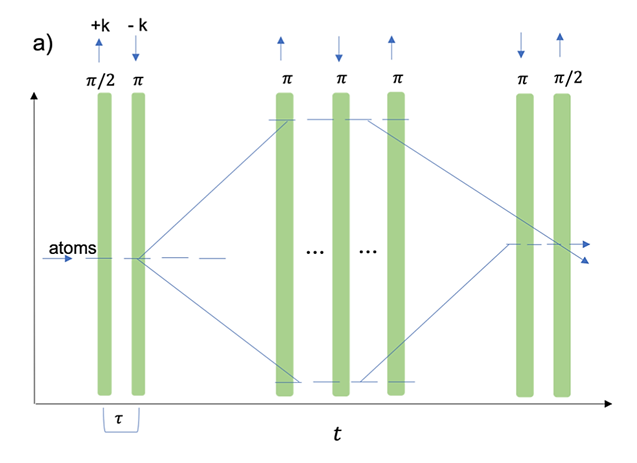
Sandia researchers are investigating approaches to significantly increase the sensitivity of quantum gravimetry based on large momentum transfer.
About
Quantum gravimetry has been established as a powerful method for ultra-sensitive measurements of gravitational fields and their gradients. However, as sensitive as current technology may be, Sandia is working to achieve still higher sensitivity and shorter measurement intervals. Quantum gravimetry is based on atom interferometry, the sensitivity of which depends quadratically on time and linearly with momentum. In our application, time is fixed to short intervals, so the only variable we can manipulate is the internal momentum of the atoms. To do so, Sandia researchers are investigating two methods: first, employing multi-pulse Raman scattering and, second, employing multi-pulse Bragg scattering. Sandia is currently building a laboratory system and, pending success, will then move to the next step: developing a compact, fieldable quantum gravimeter.
Areas of Focus
The capability to more precisely measure gravity and its gradients would enable speedier identification of hidden masses, or lack thereof; accurate gravitational maps for navigation; and many scientific and geologic applications. Sandia is looking to further advance this effort by leveraging photonic chips developed at Sandia for use in atom interferometers, thus facilitating the development of compact, lightweight field portable sensors.
Featured Projects
At present, Sandia is working on an experimental effort to evaluate methods for large momentum transfer. In addition, researchers are leading a parallel modeling effort to explore the benefits of multi-pulse operation and to identify any deleterious effects of too many non-ideal momentum transfer pulses. The model currently runs on cluster, allowing a million or more atoms to be modeled at a time.
The primary research group includes Scott Bisson, Dave Farley, Joe Bartolick, Daniel Soh, Phil Chrostoski and Savannah Cuozzo. The team is currently preparing a detailed modeling publication.

Figure 1. Photo of recently constructed laboratory based atom interferometer

Figure 2. Pulse sequence for atom interferometer with one extra pulse. In practice, many pulses can be used with momentum enhancements up to 100hk have been demonstrated